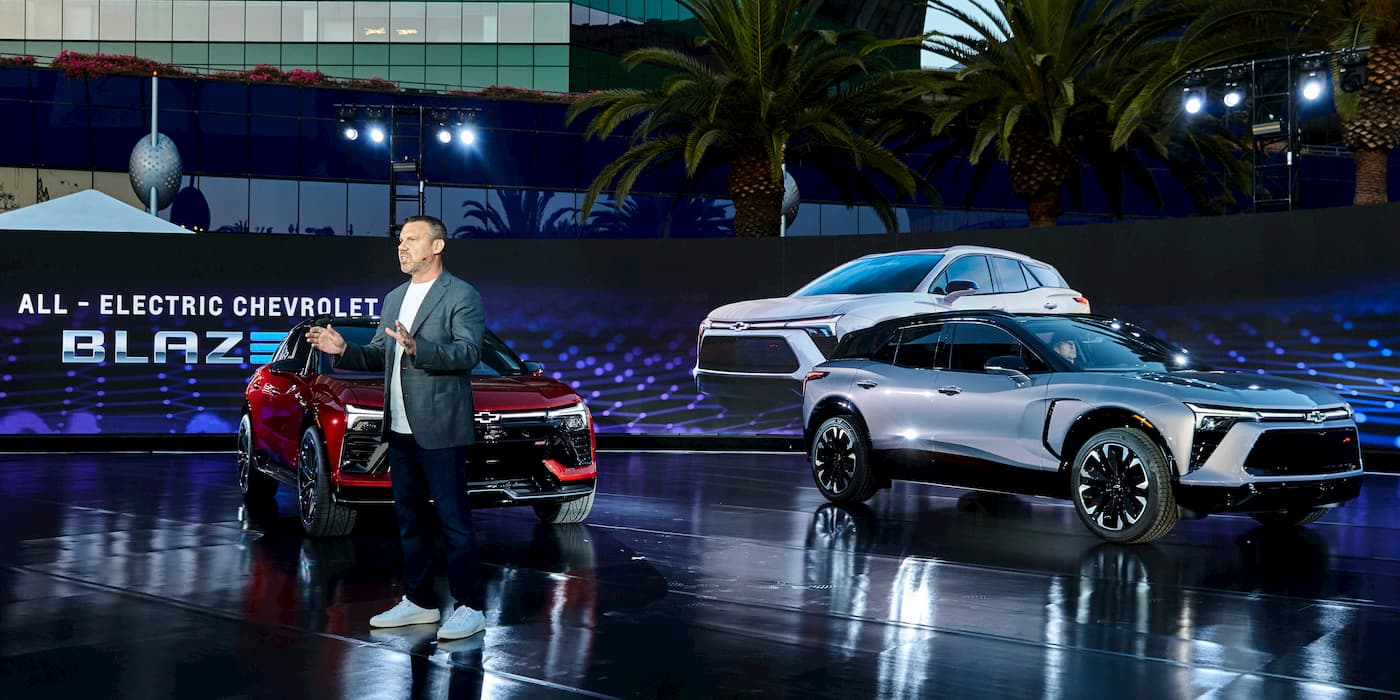
Despite a disappointing start for General Motors’ electric vehicle sales, the automaker is vowing to build more this year. GM says it’s overcoming battery supply chain issues and expects “a lot more EVs being built in the second half of this year.”
Ultium battery production hurdles
After EV sales reached over 20K for the first time in a three-month period in Q1 2023, GM’s momentum slipped in the second quarter.
GM sold 15,652 EVs in the second quarter, down over 20% from Q1. To make matters worse, nearly 14K were Chevy Bolt EV or EUV models, which the automaker is discontinuing later this year (although a next-gen Bolt EV is still in play).
The slowdown comes as the automaker focuses on new electric models built on its Ultium EV platform. Although the flexible platform is designed to optimize production, GM is still working out the supply chain kinks.
Its first Ultium-based EV, the GMC Hummer EV, introduced in late 2021, had two sales in the first quarter of the year and another 47 in Q2 (-83% YOY).
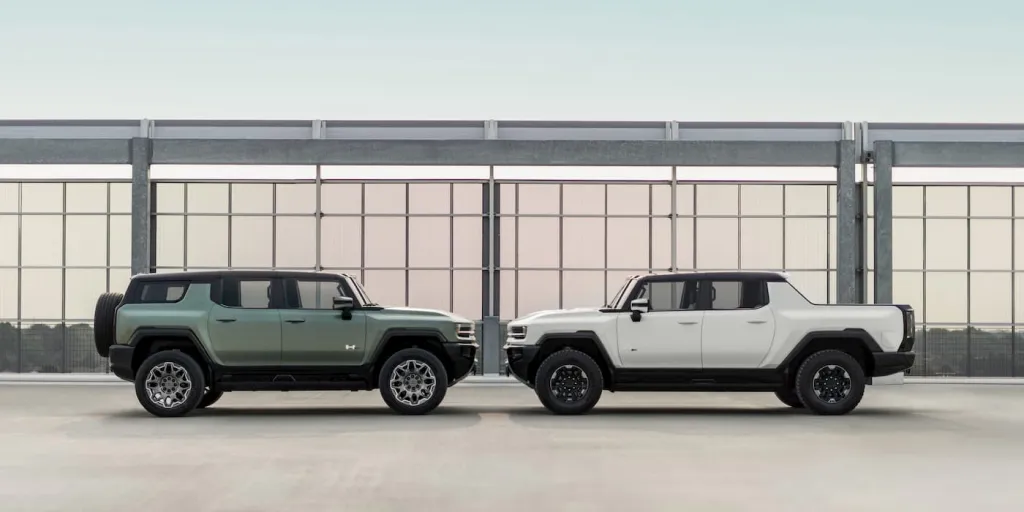
The Cadillac Lyriq, GMs second Ultium EV, saw only modest progress. GM sold 968 in the first three months of the year and 1,348 in Q2.
Furthermore, due to the battery shortage, GM has shut down its CAMI assembly plant for the month, where the BrightDrop electric delivery van is built in Canada.
GM’s CEO, Mary Barra, explained during an interview last month that battery production was the bottleneck holding them back. She said as battery capacity comes online, “it will be dramatically different next year.” Now, another executive is echoing the leader’s statement.
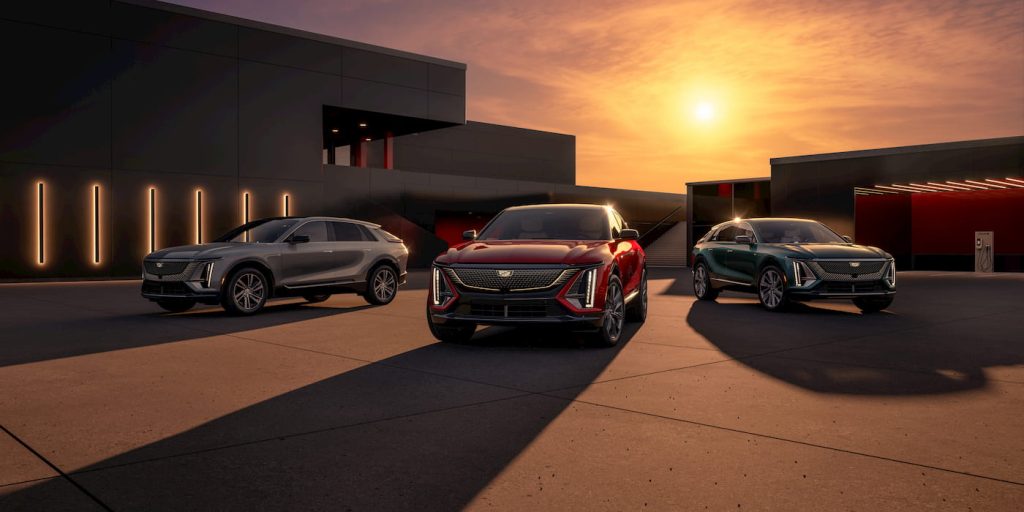
GM plans to build more Ultium-based EVs this year
According to the Detroit Free Press, GM’s president of North America, Rory Harvey, said battery capacity will pick up in the second half of this year.
On a call with other GM executives, Harvey said the automaker is coming “up to speed on battery capacity and building momentum.” He added:
I anticipate a lot more EVs being built in the second half of this year than the first half of this year.
GM began building the 2023 Hummer EV at its Factory Zero EV assembly plant this spring. But, a source told the Detroit Free Press, although some have shipped, “some need updates on the software. It’s moving very slow.” The person, who asked to remain anonymous, said:
We’ve had supply issues — anything in the supply chain — could be the drive units, anything … you get one part and suddenly it’s a different one that’s needed.
Harvey acknowledged the slow EV ramp-up so far this year but suggested battery module capacity as the only supply chain hurdle.
GM gets its battery cells from its first battery plant in Warren, OH, which began manufacturing them last fall. With three more planned, one in TN, expected to come online later this year, another in Michigan in 2024, and a fourth in Indiana, GM expects over 160 GWh battery cell capacity when all plants are fully operational.
As the report notes, another hurdle GM is facing has been logistics; a shortage of rail cars is impacting the industry. On Monday, Chevrolet’s VP Scott Bell said it remains the company’s biggest challenge.

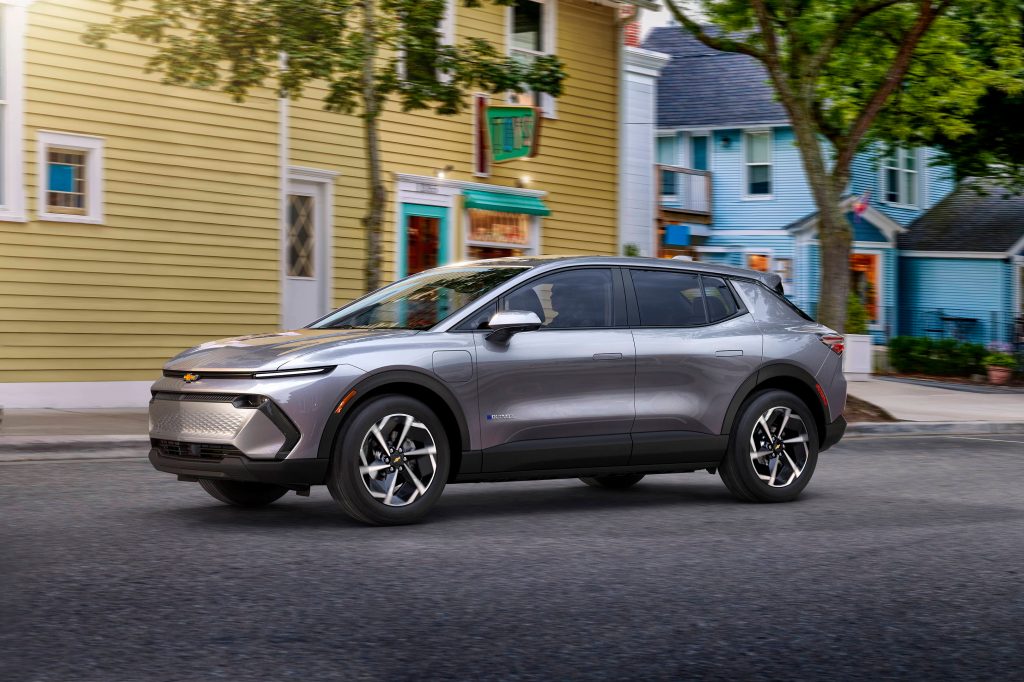
The company will need to figure the situation out soon with plans to launch three new high-volume Ultium EVs from Chevy by the end of the year, including the Silverado EV, Equinox EV, and Blazer EV.
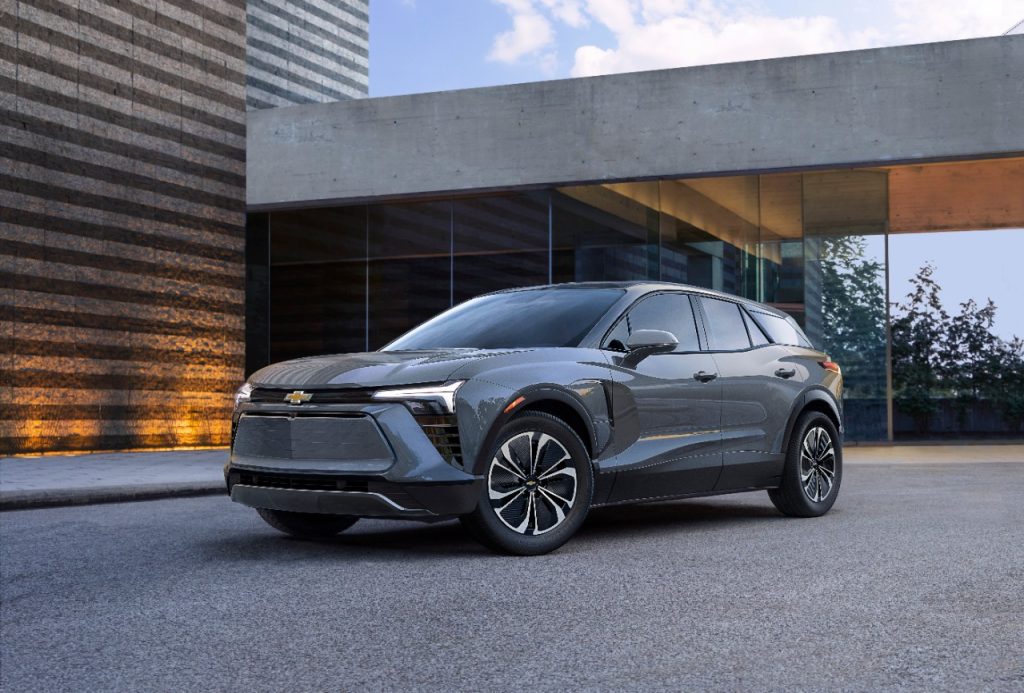
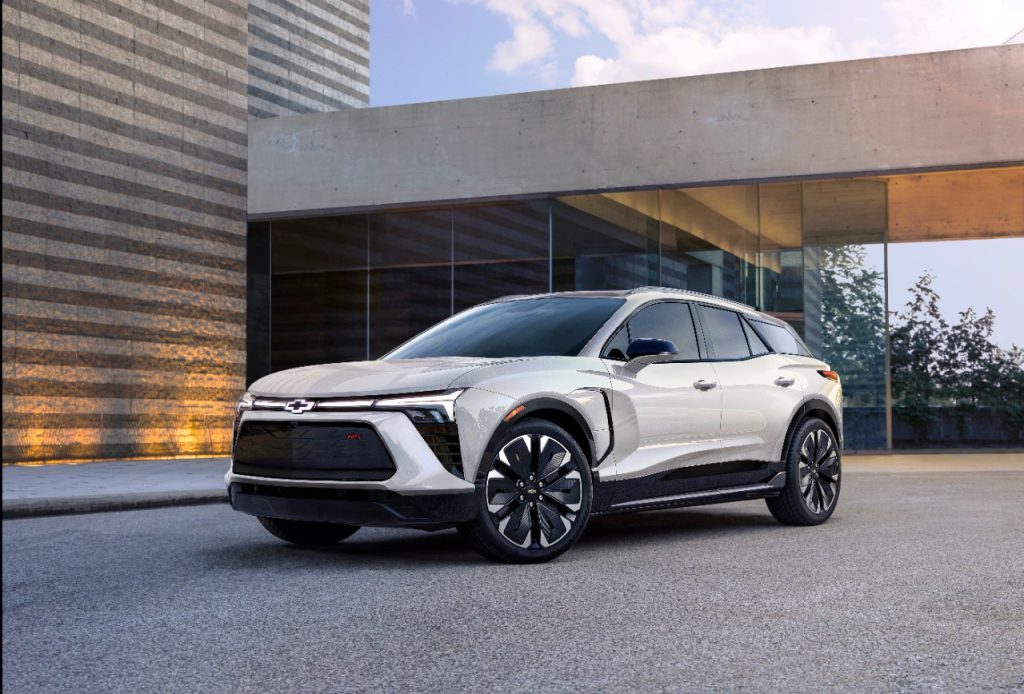
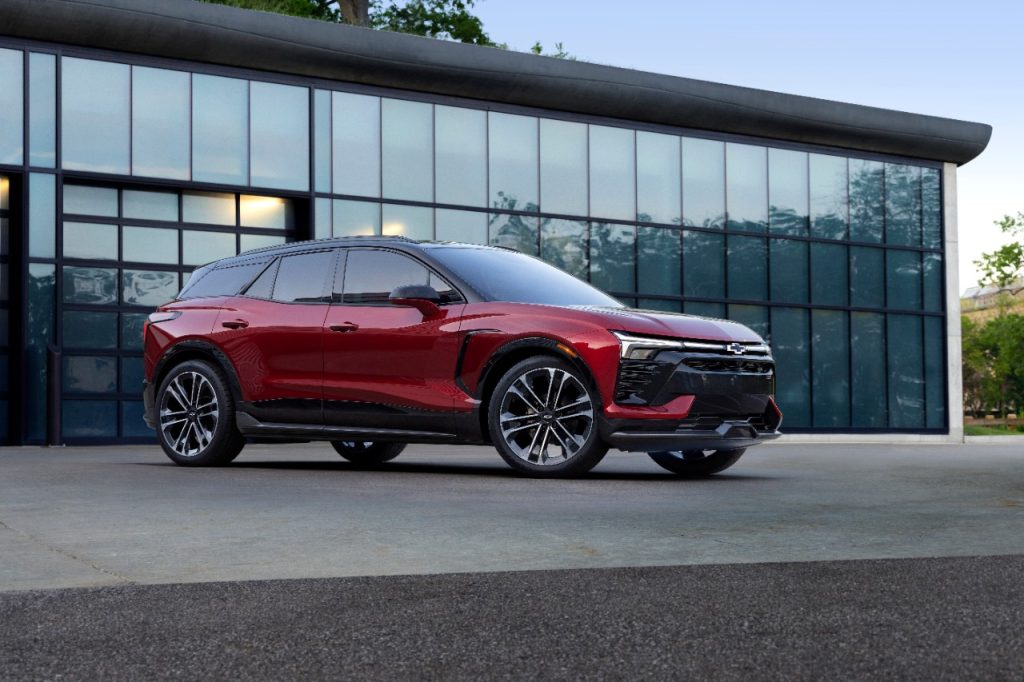
Earlier this month, GM’s Ramos Arizpe plant in Mexico announced the first Chevy Blazer EV left the facility and is on its way to the US.
Electrek’s Take
GM has failed to deliver on numerous promises over the past several years, so several executives vowing to build more EVs this year isn’t a guarantee.
On the other hand, the automaker is in the midst of building more battery capacity, but it can’t happen overnight. Until then, GM seems content with filling in the demand gap with its ICE vehicles.
FTC: We use income earning auto affiliate links. More.
